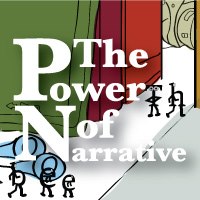
From my notebook, at the Power of Narrative conference this weekend at Boston University:
Straight narrative approach doesn’t always work in science writing. (Ellen Ruppel Shell)
Amy Ellis Nutt’s first big science series asked the big questions. She picked two scientists for each as a way in. She asked them about their personal passions for science: “What do you see when you look at the sky?”
Science writers can learn from poets. Precision, metaphor, analogy. (Amy Ellis Nutt)
Ask the dumb questions. (Nutt)
Write first drafts without worrying about cliches. Then go back and weed out the cliches. (Ellen Ruppel Shell)
The writer should try to involve the editor at the outset. Most problems with manuscripts are structural. The best thing an editor can do is help the writer think. (Richard Todd, editor to Tracy Kidder)
“I’ve spent a lot of time as a magazine editor crossing out those dramatic leads.” They can get a writer in trouble because you have to go back and explain. Instead of grabbing/snagging the reader in an overly dramatic way, try giving a sense that the full story is coming. (Richard Todd)
(On writing about violence, or trauma): If you and your reader don’t agree that what you’re describing ought not have happened, then you’re in voyeuristic territory.” (Jina Moore)
Try to set yourself on the same plateau as your reader. (Richard Todd)
On pacing in writing: Keep time periods straight. Present, past, distant past. Can use present tense, past tense, and past-perfect, which is underrated today. (Mark Kramer)
Humans want chronology in stories. (Jeb Sharpe, producer of radio show “The World”)
Pacing fits the format of the work: first 200 words of a New York Times story—what fits on the front page before the jump—should tell what the story is about. Radio pieces on “This American Life” include 45 seconds of anecdotes (narrative) followed by 15 seconds of reflection. (New York Times reporter/former “This American Life” reporter/producer Amy O’Leary)
Quoting “talking heads” for background/statistics usually stops the momentum and creates problems.
